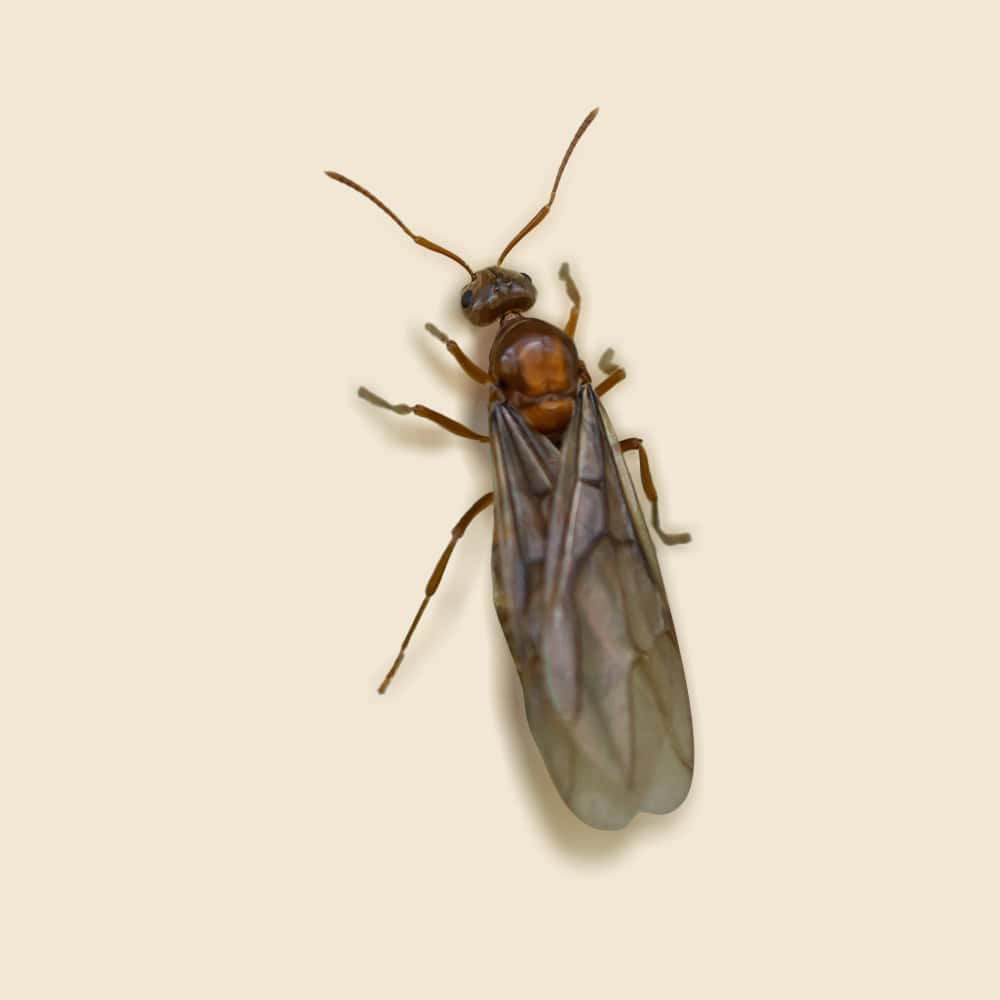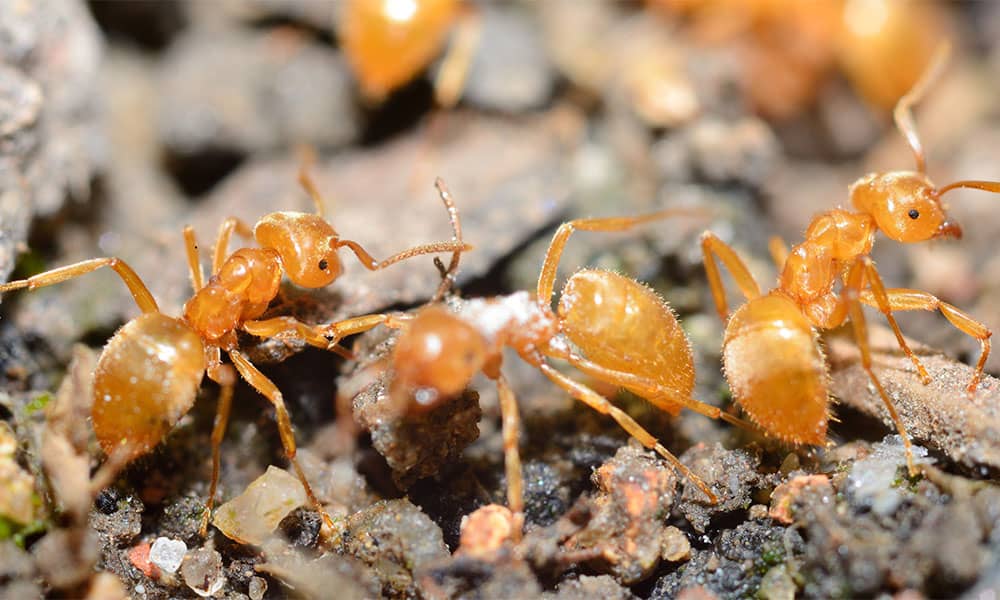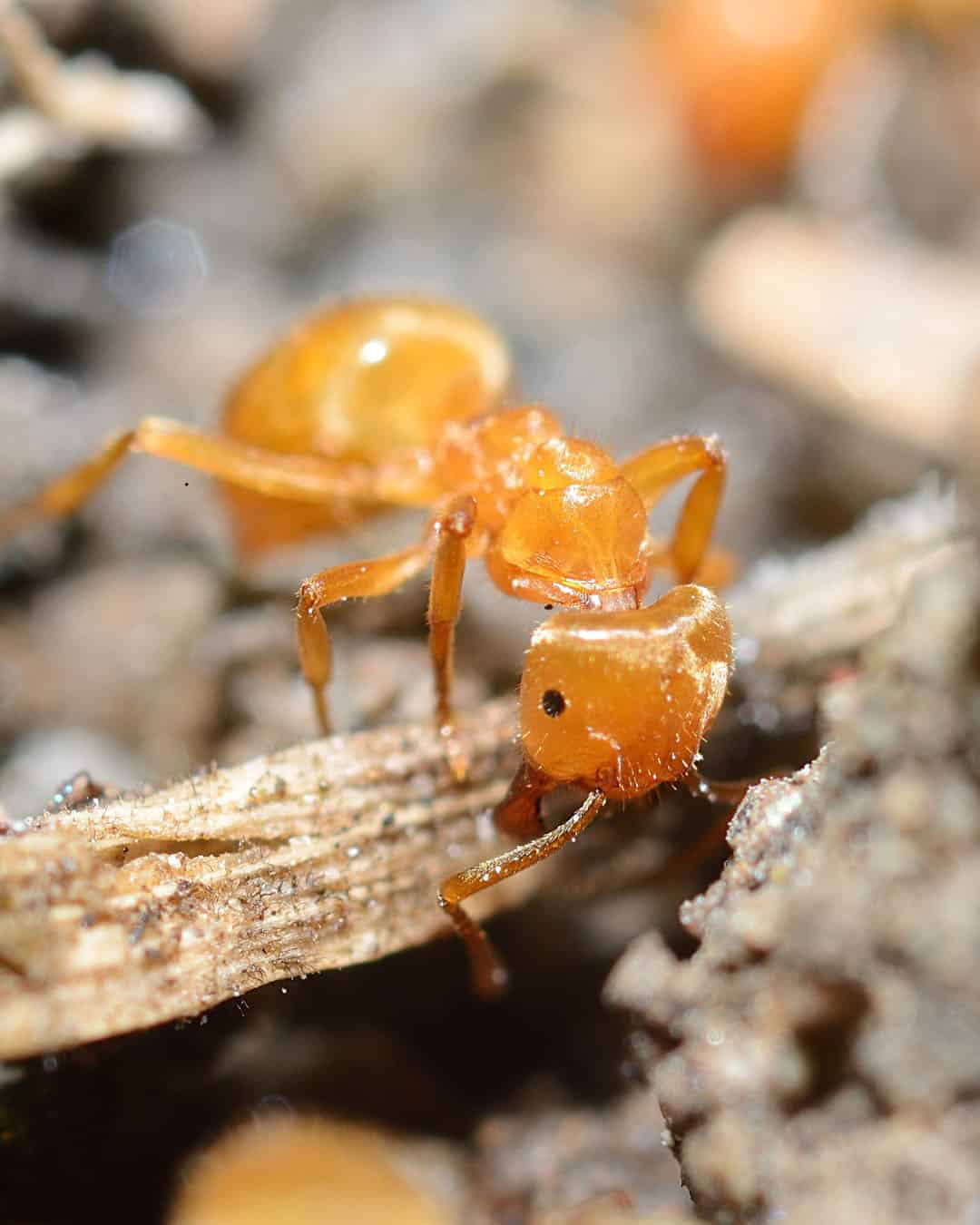Large Yellow Ant Facts & Information
Large yellow ants, known for their distinctive yellow coloring and sizable appearance, can become a significant concern when they establish colonies near homes and gardens. These ants are known for their aggressive behavior and large nest mounds.

Lasius interjectus
What You Need To Know About Large Yellow Ants
What do large yellow ants look like?
Large yellow ants, also known as Formica subsericea or similar species, are notable for their bright yellow to orange color. They are relatively large ants, measuring between 1/4 to 1/2 inch in length. They have a robust body with a smooth, shiny exoskeleton and well-developed mandibles.
What do large yellow ants eat?
Large yellow ants are omnivorous and feed on a variety of substances including insects, nectar, honeydew from aphids, and other sugary substances. They also consume plant material and can be seen foraging for food around their nests.
What sort of habitat do large yellow ants live in?
Large yellow ants are typically found in forested areas, grasslands, and other natural habitats with ample vegetation. They build their nests underground or in decaying wood, creating extensive tunnel systems. Their nests are often located in sandy or loamy soil.
How do large yellow ants commonly behave?
Large yellow ants are social insects that live in colonies with a defined hierarchy. They are known for their aggressive behavior when defending their nests, using their mandibles to protect the colony from intruders. They forage in organized trails and can be seen working collectively to gather food and care for their queen and brood.
Did you know this about large yellow ants?
Large yellow ants play an important role in their ecosystems by aiding in soil aeration through their nesting activities and helping to control pest populations by preying on other insects. They are also known for their impressive colony structures, which can include multiple interconnected nests and extensive foraging trails. Their vibrant color and social behavior make them a notable species in their natural habitats.
Understanding Large Yellow Ant Infestations
Understanding large yellow ant infestations is crucial for effective management. These ants build large, visible nests in soil, often creating extensive networks of tunnels and mounds. They are foragers and can be aggressive when defending their nests, causing painful stings if provoked. Their nesting habits can disrupt lawns and gardens, and their presence can be intimidating and bothersome.

How Hearts Handles Large Yellow Ant Treatment
Hearts Pest Management employs an integrated pest management approach to handle Large Yellow Ant infestations.
Large Yellow Ant Inspection
Large Yellow Ant Treatment
Large Yellow Ant Prevention
Educational Resources

Think You Might Have a Large Yellow Ant Infestation?
At Hearts Pest Control, we understand the challenges associated with Large Yellow Ant infestations and are here to provide professional solutions tailored to your needs. Flourishing in warm and humid climates, they are prevalent in many regions, including San Diego County, Orange County, and Los Angeles County.